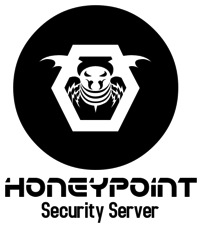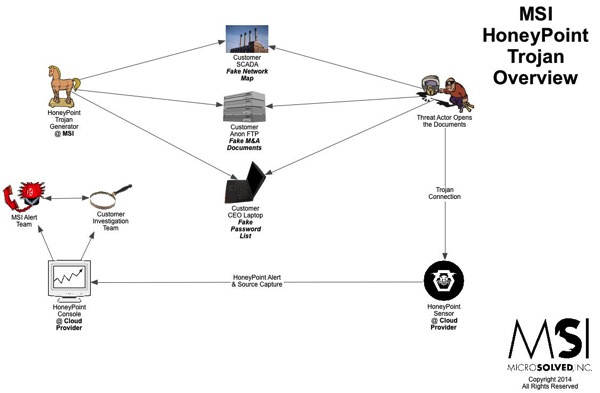Prior to joining MicroSolved as an Intelligence Engineer, I was the Information Security Officer and Infrastructure Manager for a medical management company. My company provided medical care and disease management services to over 2 million individuals. Throughout my tenure at the medical management organization, I kept a piece of paper on my bulletin board that said “$100,000,000”.
Why “$100,000,000”? At the time, several studies demonstrated that the average “street value” of a stolen medical identity was $50. If each record was worth $50, that meant I was responsible for protecting $100,000,000 worth of information from attackers. Clearly, this wasn’t a task I could accomplish alone.
Enter: MicroSolved & HoneyPoint
Through my membership with the Central Ohio Information Systems Security Association, I met several members of the MicroSolved team. I engaged them to see if they could help me protect my organization from the aforementioned attackers. They guided me through HIPPA/HITECH laws and helped me gain a further understanding of how I could protect our customers. We worked together to come up with innovative solutions that helped my team mitigate a lot of the risks associated with handling/processing 2 million health care records.
A core part of our solution was to leverage the use of HoneyPoint Security Server. By using HoneyPoint, I was able to quickly gain visibility into areas of our network that I was often logically and physically separated from. I couldn’t possibly defend our company against every 0-day attack. However, with HoneyPoint, I knew I could quickly identify any attackers that had penetrated our network.
Working for a SMB, I wore many hats. This meant that I didn’t have time to manage another appliance that required signature updates. I quickly found out that HoneyPoint didn’t require much upkeep at all. A majority of my administrative tasks surrounding HoneyPoint were completed when I deployed agents throughout our LAN segments that mimicked existing applications and services. I quickly gained the real-time threat analysis that I was looking for.
If you need any assistance securing your environment or if you have any questions about HoneyPoint Security Server, feel free to contact us by sending an email to: info@microsolved.com.
This post contributed by Adam Luck.




